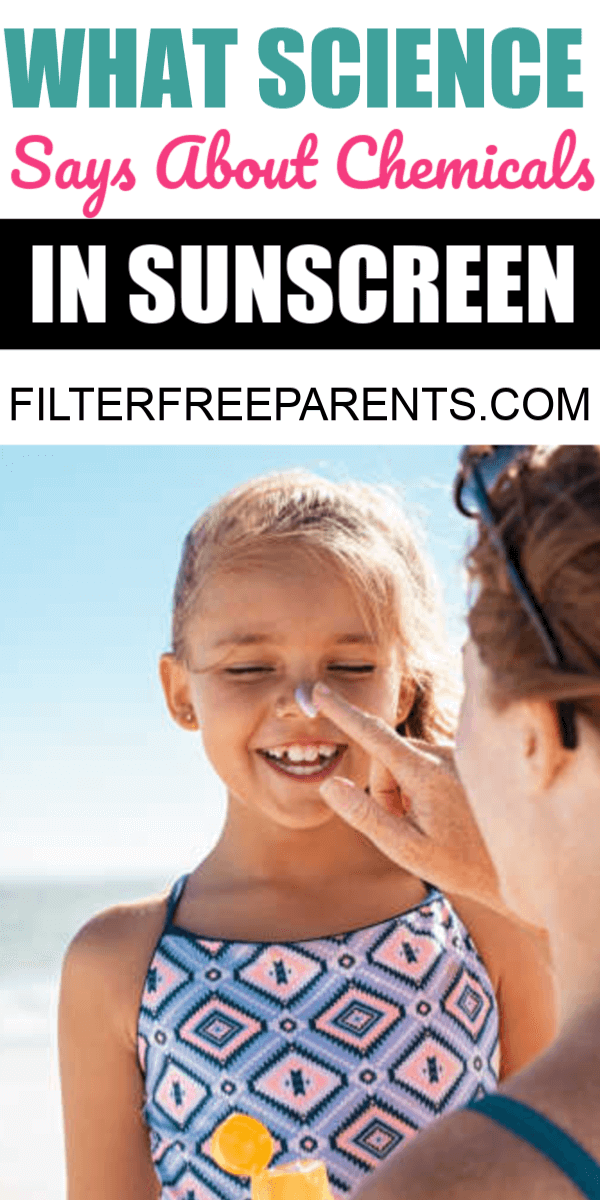Let me start by saying if ever there was an article to read all the way through, not just react to the headline, this is it. Do not, I repeat, do not stop using sunscreen. That is not what this article is about.
Now that we have made that crystal clear, let’s talk about the results of a recent study released by the FDA.
According to a small-sample clinic trial, chemicals in sunscreen can reach the blood stream from topical use.
I know, it sounds scary, but keep reading.
Let’s discuss the study itself. Twelve men and twelve women were randomly assigned either spray, lotion, or cream sunscreen. They applied the sunscreen to seventy-five per cent of their bodies, four times a day for four days. Blood tests then showed a presence of sun-blocking chemicals in the participants’ blood soon after application, and in some cases, several days after stopping application.
Let’s break this down. First, that is a very small sample size. While that doesn’t make it insignificant, it isn’t as reliable as trials involving hundreds, even thousands of participants.

This study also simply notes that the chemicals reach the blood stream – it gives no indication that any harm is done by it being there.
We hear chemicals and automatically think scary, but the truth is, everything is made of chemicals, even you.
You have heard the phrase, “The dose makes the poison”? It applies here. How toxic something is is determined by how much of it there is. Everything has a threshold for toxicity, even water. That it exists in our blood doesn’t necessarily mean it is hurting us – our body naturally produces formaldehyde for example.
The takeaway from this study is only that we need to do more studies.
The FDA is being urged to study what if any effects these chemicals have once they enter the blood stream, and we can go from there. In turn, the FDA is requesting studies from the sunscreen manufacturers.
What we absolutely shouldn’t take from this study is that sunscreen is dangerous and we should discontinue use, or immediately switch to “natural” or “alternative” sunscreen. Remember, one of the biggest cancer-causing agents out there is completely natural – the sun.
We know for sure that the sun, without a doubt, no question about it, causes cancer, and that sunscreen prevents it from doing so. Homemade, or some “natural” sunscreen may not offer enough level of protection, or consistency of protection, particularly if the UV blocking levels can’t be adequately assessed.

Here’s the most important thing to remember when choosing your sunscreen
The most important thing to consider when choosing sunscreen is still that it is broad spectrum (meaning it blocks UVA and UVB rays) and that it is at least SPF 30, and preferably SPF 50.
It should also be water-resistant, applied frequently, and used in addition to safe-sun practices like protective clothing, avoiding sun during UV peaks, etc. If you can find a natural sunscreen that meets these criteria, and doesn’t contain the chemicals in the study (avobenzone, oxybenzone, octocrylene, and ecamsule) then go for it.
If you are still nervous while awaiting the results of further testing, look for sunscreen that contains zinc oxide and/or titanium dioxide (which have both been proven safe and effective), as long as they meet the proper SPF criteria.
See? No need to panic. Let’s just make sure we urge the FDA and sunscreen manufacturers to continue this testing to ensure sunscreen is as safe as it can me.
In the meantime, keep protecting yourself from that known cancer-risk, the big yellow ball in the sky.











